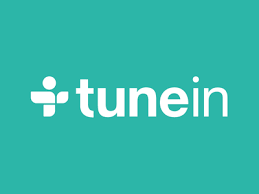Milestone shortwave contacts with Australia
/The first direct two-way radio contact between A3BQ in Melbourne and U6AHP in the USA in 1924 helped open up the age of shortwave long distance communication.
The breakthrough on 87 metres came during the transpacific tests run by the WIA Victorian Division in cooperation with the American Radio Relay League.
The aim was to prove that signals could be detected and amplified sufficiently to communicate long distances.
Ross Hull A3JU in Melbourne heard faint US signals through the static and is credited with being the first Australian to do so. But (Walter Francis Maxwell) Max Howden A3BQ at Box Hill made the first contact with the USA using his now primitive home-built equipment.
It was on November 2 that A3BQ made a contact with William L. Williams U6AHP, of Pomona California, USA.
Max ran 130 Watts using a single-tube transmitter feeding a six wire antenna. His antenna consisted of six wires, 65 feet long and 80 feet in the air.
The first transpacific QSO was a very significant achievement at a time when radio amateurs were seeking to prove that long-distance communication was possible on short wavelengths that governments had considered to be useless.
Max went on to make further contacts. Nine days later he achieved the first Australia to UK two-way wireless telegraphy contact by working E. J. Simmonds, G2OD, in Buckingham, England.
A telegram the next day confirmed the first Australia to England contact.
Others repeated the feat.
Until then everything was in Morse code, but by January 1925, A3BQ was able to copy G2OD on telephony.
The efforts of Max Howden and many other pioneering radio amateurs of that era, both the southern and northern hemispheres, significantly added to the knowledge of communications.
It led to the rapid development of radio in terms of inter-continental and global communications and opened up the short waves for broadcasting, international wireless telegraph and many other uses over long distances.
A January 1925 QST article reporting various successful contacts with Australia and elsewhere proclaimed, "the day of true international Amateur Radio is here".
It also led to changes in callsign prefixes to clearly identify the country of origin, but originally A meant Australian, G was used in England, and U for USA.
After a long career in wireless Maxwell Howden passed away in 1980, but has left his own voice and words to tell the story of those early days.
The national library of Australia has an oral interview with Max Howden about those days at http://nla.gov.au/nla.oh-vn2239852
Also he wrote a history piece in 1932 that has been reproduced by the WIA Historian Peter Wolfenden VK3RV, with along with other accounts that can be read at http://www.wia.org.au/members/history/reports/



